Articles of 2005
Petey Scalzo: The Greek Ambassador
He was a “wonder-child” of boxing; in fact, it became a wondrous event that he became a boxer, let alone that he ascended to world titledom. It is doubtful any boxer overcame more adversity in order to compete, and, when in full practice, achieved more surprisingly than did Petey Scalzo.
Raised in New York's Hell's Kitchen, Petey was a malnutritioned, skinny and sickly kid, vulnerable to every childhood disease and missed none. He loved boxing and one day he showed up at a West Side gym asking for lessons. Moe Fleischer, who was training Irish Jimmy Slavin at the time, chased him home and told him to come back when he got some meat on his bones.
Petey went back to hawking newspapers and dancing on Broadway streets for nickels and dimes. When stronger, he returned to the gym. His idols were top of the line – Barney Ross, Tony Canzoneri and Jackie “Kid” Berg. His style was ultra-classic. He would give his opponent only one side of his body to shoot at, had an accurate and stiff left jab in front of him, smart feet and a deadly straight right hand. During the time afforded by a handful of amateur bouts, Petey miraculously won the New York Golden Gloves bantamweight title, the New York Metropolitan AAU championship and captured the International Golden Gloves bantamweight crown. In the process, his father had passed on and he fought twice in Golden Gloves bouts with two broken hands which later were put in casts for six weeks.
The gritty and hungry Petey Scalzo turned pro in 1936, the depression-peak year in which featherweight competition was never greater. Incredibly, he racked up 40 encounters through that iron mesh of 126-pounders without a defeat. He was one of the busiest fighters in the land but his sense of humor bolstered him through the rigors of training. A Greek dialectician, he had his gym-mates roaring when going through his comedic routines in and out of the ring.
Manager Pete Reilly, the Silver Fox of boxing, had Petey working every three weeks year-round. Petey was hot as a firecracker. On December 5, 1938, Reilly talked his way into a match with Joey Archibald, the newly-crowned NYSAC champ. The “Greek,” as Petey was called, put the champ on the deck three times in Round 2 for the full count. Archibald still had the title but Petey was considered the #1 challenger in the featherweight division.
Archibald went on to beat Leo Rodak, the NBA kingpin, and was proclaimed a world titlist. When the NBA failed to pair Archibald and leading challenger Scalzo, they withdrew their recognition of Archibald as champion and declared Petey as champion on May 1, 1940. Petey kept up his frenzied pace. He was a popular attraction and found work for the asking. Though he was having difficulty in making the weight, he fought 18 times that year, including a title defense on July 10 in Hartford against Bobby “Poison” Ivy. The hometown kid made a game stand but Petey was credited with a TKO in Round 15.
Making the weight was painstaking now for Petey, but a title defense came up in Milwaukee against the veteran Phil Zwick on May 19, 1941 and Petey dried out enough to make it. Barney Ross was the third man in the ring and Petey walked away with the 15-round duke.
Petey looked forward to a long rest but the inevitable call came from Pete Reilly, another NBA title date in Los Angeles against Richie Lemos who he had previously knocked out in the seventh round in Hollywood. The fight was scheduled for July 1, 1941, forty days after his last defense. He started his diet as soon as he reached Los Angeles. His food intake would fill a thimble. He had no strength in the gym; the grind was tortuous. By fight time, in the Olympic Auditorium, Petey was like an empty shell. The fight was even until Round 5 and for the first time in his life, Petey Scalzo was counted out.
For awhile Petey did well as a lightweight, then continued to ply his trade because of habit. His heart was no longer in the arena; besides, he was getting ready to join Joe Louis and Ruby Goldstein to fight in a bigger arena. While stationed at Camp Shanks, he still picked up a few fights while out on pass. He finished his career with a 90-15-5 record and most of his victories by knockout, and most of his losses in the last year of battle.
(Excerpt from Hank Kaplan’s book in progress on Italian-American fighters.)
-
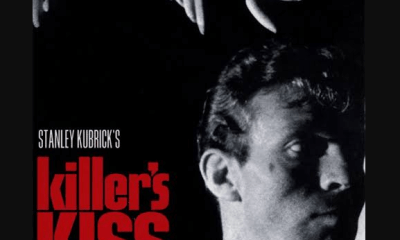
 Featured Articles4 weeks ago
Featured Articles4 weeks agoThe Hauser Report: Cinematic and Literary Notes
-
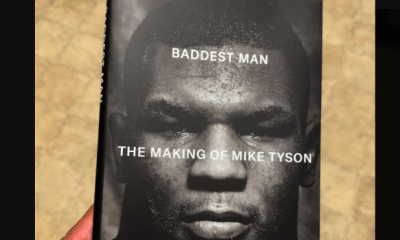
 Book Review3 weeks ago
Book Review3 weeks agoMark Kriegel’s New Book About Mike Tyson is a Must-Read
-
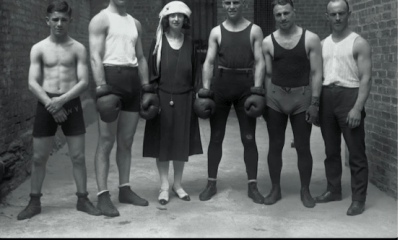
 Featured Articles2 weeks ago
Featured Articles2 weeks agoThe Hauser Report: Debunking Two Myths and Other Notes
-
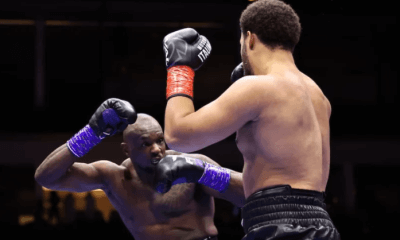
 Featured Articles3 weeks ago
Featured Articles3 weeks agoMoses Itauma Continues his Rapid Rise; Steamrolls Dillian Whyte in Riyadh
-
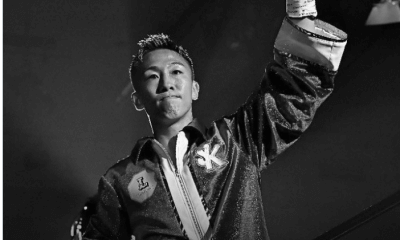
 Featured Articles4 weeks ago
Featured Articles4 weeks agoKotari and Urakawa – Two Fatalities on the Same Card in Japan: Boxing’s Darkest Day
-
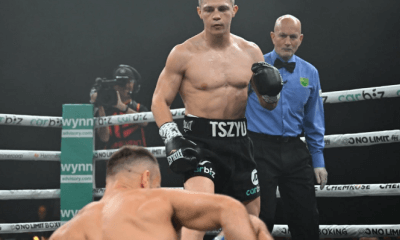
 Featured Articles2 weeks ago
Featured Articles2 weeks agoNikita Tszyu and Australia’s Short-Lived Boxing Renaissance
-

 Featured Articles2 weeks ago
Featured Articles2 weeks agoIs Moses Itauma the Next Mike Tyson?
-
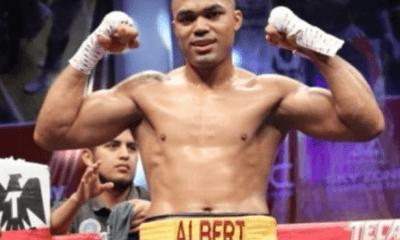
 Featured Articles4 weeks ago
Featured Articles4 weeks agoRamirez and Cuello Score KOs in Libya; Fonseca Upsets Oumiha













